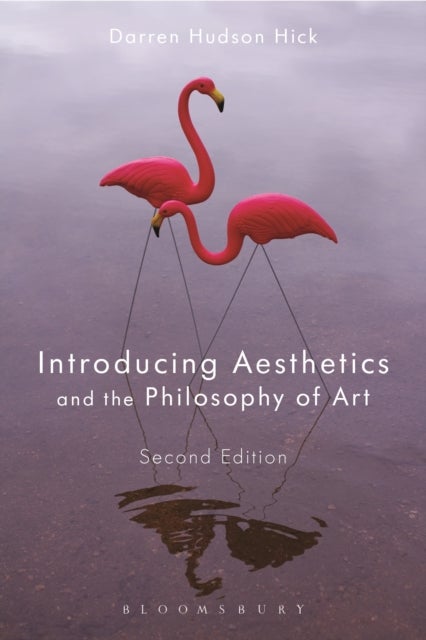
Introducing Aesthetics and the Philosophy of Art av Professor Darren Hudson (Furman University USA) Hick
369,-
<b>''Place in garden, lawn, to beautify landscape.¿</b>When Don Featherstone¿s plastic pink flamingos were first advertised in the 1957 Sears catalogue, these were the instructions. The flamingos are placed on the cover of this book for another reason: to start us asking questions. That¿s where philosophy always begins.<i>Introducing Aesthetics and the Philosophy of Art</i> is written to introduce students to a broad array of questions that have occupied philosophers since antiquity, and which continue to bother us today¿questions like: - Is there something special about something¿s being art? Can a mass-produced plastic bird have that special something? - If someone likes plastic pink flamingos, does that mean they have bad taste? Is bad taste a bad thing? - Do Featherstone¿s pink flamingos mean anything? If so, does that depend on what Featherstone meant in designing them?Each chapter opens using a real world example ¿ such as Marcel Duchamp¿s signed urinal, <i>The Exorcist</i>, and








